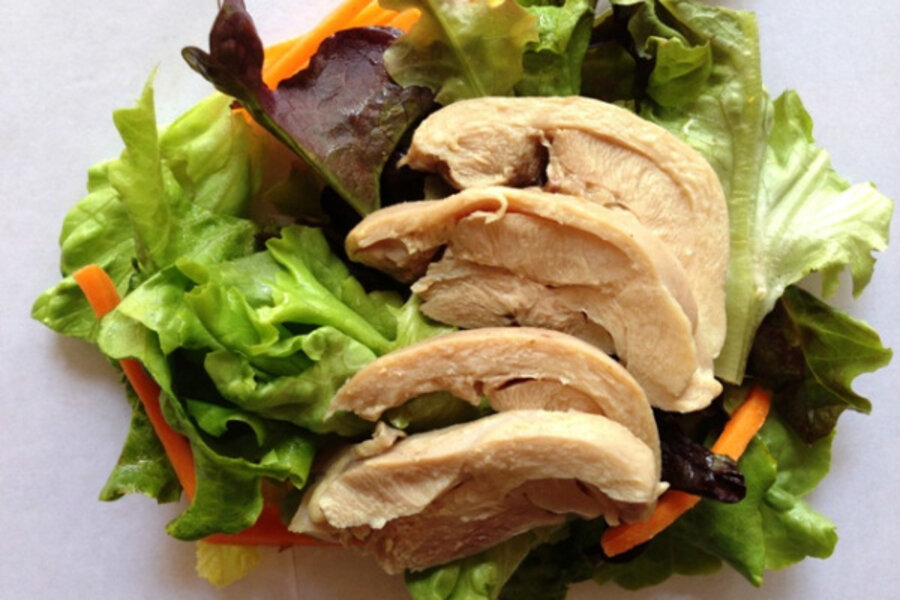Lemongrass tea-poached chicken
Loading...
Several recipes I learned while writing "The Asian Grandmothers Cookbook" are still in my everyday cooking repertoire. Mochiko Fried Chicken, Japanese-Style Hamburgers, and Deep-Fried Tofu Simmered with Tomatoes, just to name a few.
And an all-time favorite – Caramelized Chicken with Lemongrass and Chilies.
Seemingly simple at first, this is one recipe that takes practice to perfect. Over the years, I’ve managed to improve the final outcome bit by bit.
I confidently caramelized the sugar to the point where it turns a rich mahogany and hovers on the bittersweet, and doesn’t burn. I know that the quality of the chicken is very very important to this dish. The chicken has to be fresh and definitely not plumped up with water. The extra liquid released during cooking turns the chicken pieces into mush, far from the nicely bronzed outcome you want. Now, I can make this dish with my eyes closed (well, almost!) and it turns out delicious every time.
But I am always left with one conundrum: what to do with the lemongrass tops? I’ve tossed the tops into a pot with tea. I’ve made lemongrass vinegar. And then it came to me: Why not poached chicken? It would make an excellent addition to a mixed green salad, my Harvest Rice Salad, or for a summery chicken salad for your next picnic.
The chicken turned out soft and tender, and was imbued with a delightful lemony scent and flavor. The remaining stock was so fragrant I was almost tempted to stick my head over the pot and breathe in the aromatherapy “fumes!” I decided to save it for another dish instead.
Lemongrass tea-poached chicken
I used boneless chicken thighs for this method (I wouldn’t even call it a recipe!) because that’s what I always eat but you can use breasts, too, if you prefer. You can put the tea leaves into a cheesecloth sachet but I find that the tea leaves can be easily scraped off.
If you only have tea bags, use one tea bag and remove it once the water comes to a boil, unless you want a stronger tea flavor. Try adding other complementary herbs to the mix like Thai basil, ginger, or green onions.
Time: 20 minutes
2 teaspoons salt
1/2 teaspoon good quality loose-leaf black or green tea
Tops from 3 to 4 stalks of lemongrass
3 smallish boneless, skinless chicken thighs (about 3/4 pound)
1. Fill a heavy (2-quart) pot about halfway full with water, just enough to cover the chicken pieces. Add the salt, tea, and lemongrass tops, and bring to a boil.
2. Add the chicken and bring it back to a simmer. Turn off the heat, cover with a tight-fitting lid, and remove the pot from the stove (important if you have an electric stove). Let sit for about 15 minutes (thicker pieces may take longer) or until the chicken is no longer pink inside (cut into a piece to check). If it is, put the lid back on and wait another 5 to 10 minutes.
3. Let the chicken cool a little then put it in the fridge overnight to cool completely. Remove the chicken from the liquid and shred with two forks or cut into slices.







